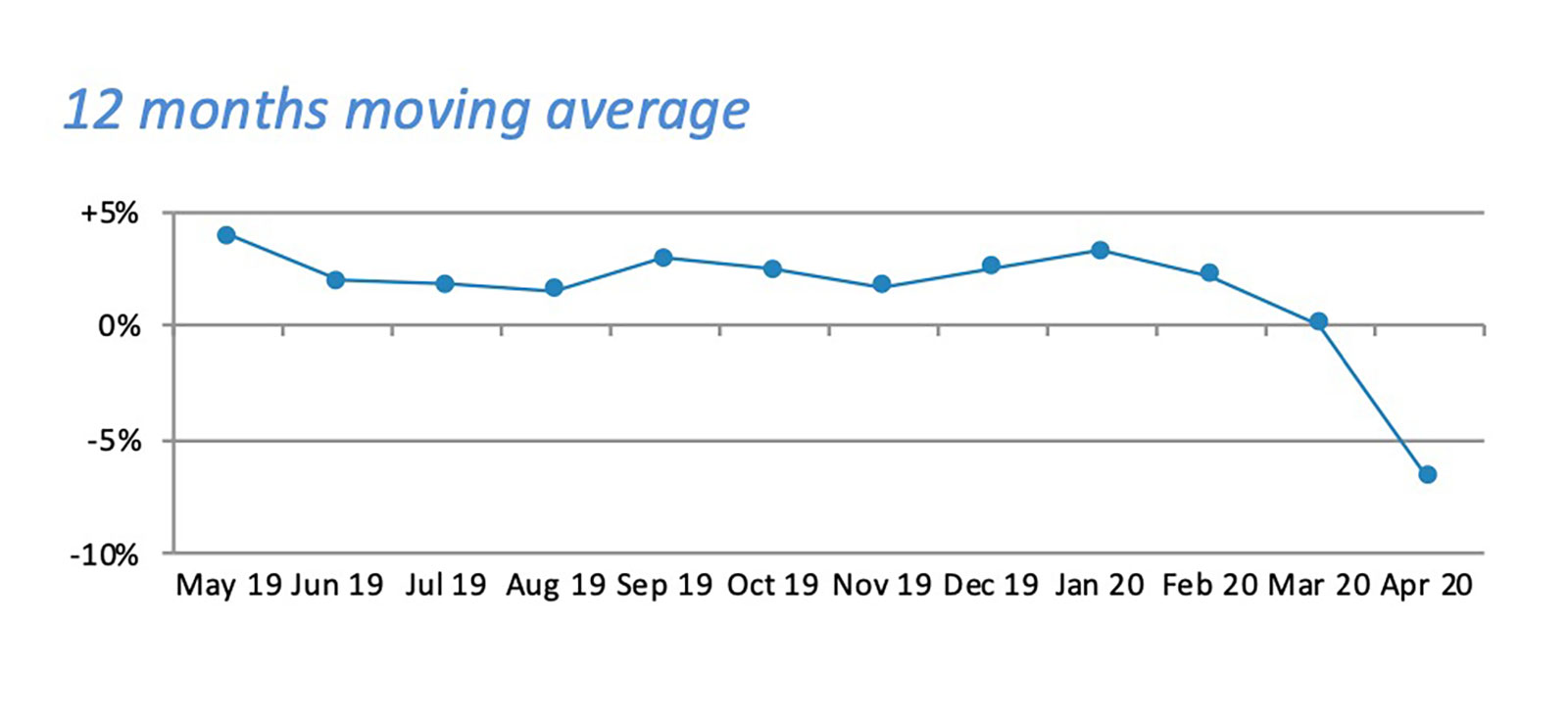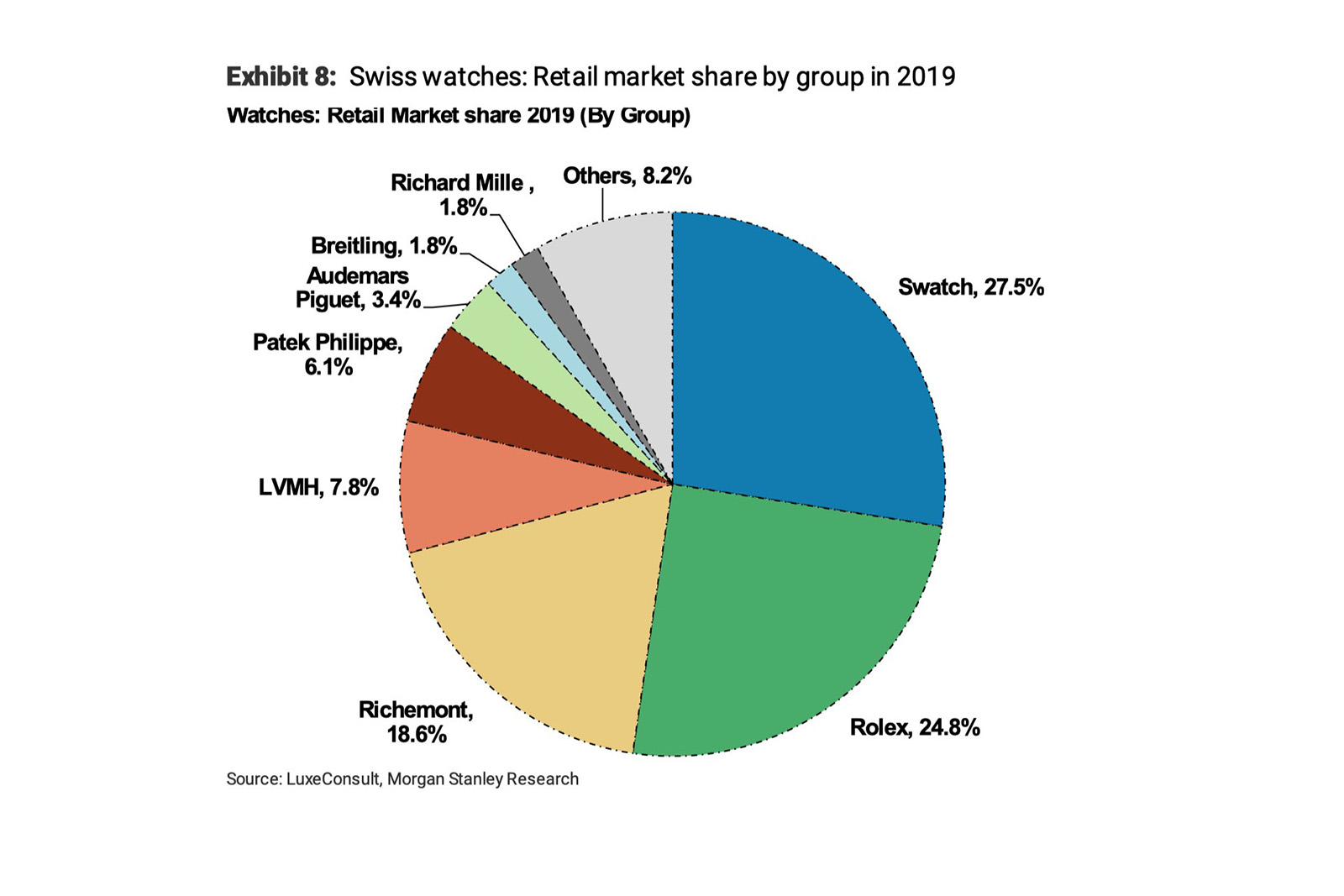Gerald Charles Introduces the Maestro Anniversary
Sporty elegance revived.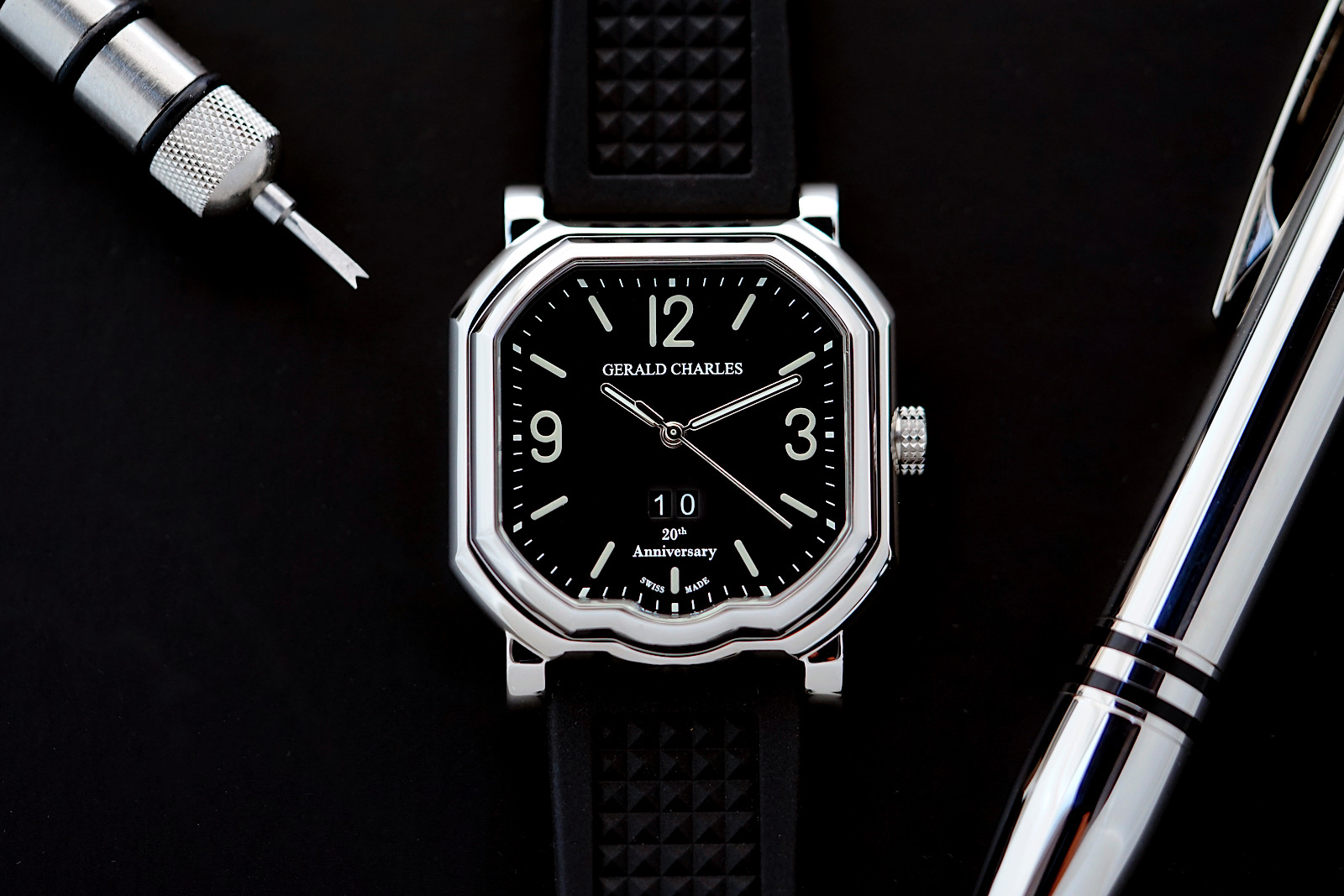
Gerald Genta is enjoying something of a renaissance now, with the frenzied demand for his most famous designs. And now one of his more obscure designs is making a comeback.
One of the most acclaimed and prolific watch designers, Genta’s heyday in the 1970s and 1980s saw him design a host of iconic watches, including the Audemars Piguet Royal Oak and Patek Philippe Nautilus. After his eponymous brand was acquired by Bulgari in the year 2000, Genta founded another brand named after his first and middle names – Gerald Charles.
Though Gerald Charles went dormant after Genta’s death in 2011, the brand has been revived on its 20th anniversary by Genta’s former business partner. The inaugural launch is its first stainless steel watch – the Maestro Anniversary, which is distinctive, eccentric, and very much reflective of Genta’s late-career style. And 30% of the proceeds from each Maestro sold will to donated to the COVID-19 fund set up by the World Health Organisation (WHO).
Initial thoughts
I like Genta’s designs, and I like the Maestro. It is a unique case that manages to draw a balance between being sporty and elegant – an endearing trait that I find common amongst Genta’s designs. The new Maestro keeps the dial functional and simple, and adds a pattern rubber strap to the mix, giving it a casual yet distinctive look.
But at over US$9,600, the price is too steep, especially in light of the Soprod-based movement inside. The hefty, 30% donation to the WHO’s COVID-19 Solidarity Response Fund, however, does mitigate that.
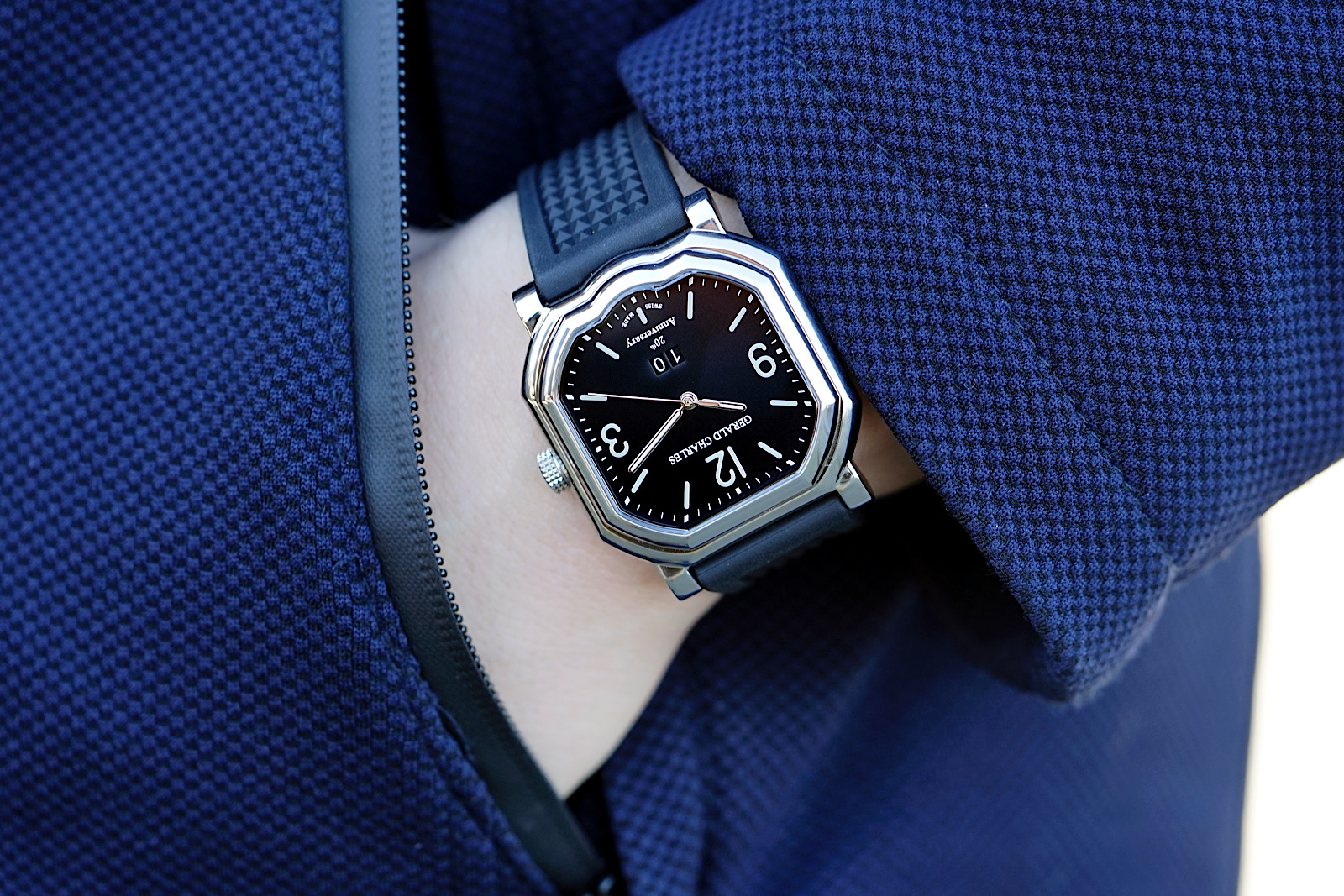
The Maestro
Genta’s designs have always been appealing in their unconventionality, with the watches he penned towards the end of the career being the most unorthodox, including those made by Gerald Charles. The brand was established with the help of his longtime Italian agent, Giampaolo Ziviani, whose grandson Federico is now leading the revival of Gerald Charles.
Designed by Genta in 2006, the Maestro was the signature design of Gerald Charles. With an asymmetrical shape that’s a cross between a square and an octagon, it is multi-faceted and three-dimensional. The case is steel and a large 42 mm in diameter, with an entirely polished finish.
Made of rubber in a first for the Maestro, the strap is moulded with a pyramid motif that evokes the textures of the stacked, pyramidal grand complication watches made by Gerald Genta in the 1990s. It complements with the case well, accentuating the sculptural look of the case.
The dial is plain, with oversized Arabic numerals at the quarters – as well as baton markers and hands that are reminiscent of the hands used on the Royal Oak and Nautilus. Notably, the branding on the dial is relatively discreet, and the large, circular Gerald Charles logo of old is absent.


The Maestro is powered by the cal. GCA131-9391, which is actually a variant of the Soprod A10, a movement that is also found in less expensive watches. Hence, the US$9,630 price tag is too high.
While the production run is small, and the design is unique, the pricing is also perhaps an attempt to capitalise on the popularity of Genta’s 1970s luxury-sports watch designs. However, Genta fans will probably find the Maestro alone worthy of the price of admission, as a one-of-a-kind work of design and not just an automatic watch.

The Soprod A10-based movement

A big date display at six o’clock
The Maestro Anniversary will be limited to only 252 pieces – one for each month since brand’s founding until December 2020. Each watch will be engraved with the unique month-year combination as a serial number.
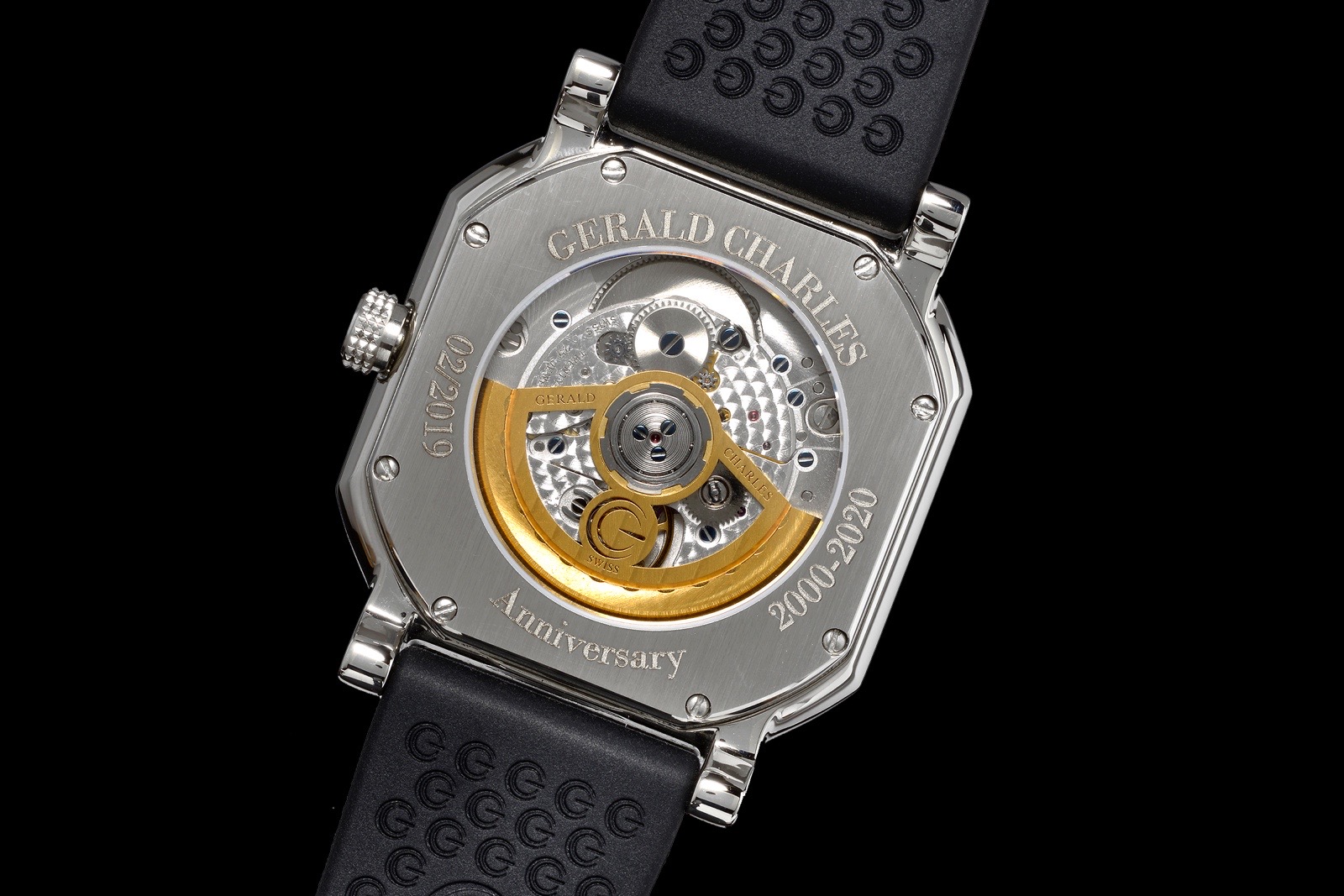
Key facts and price
Gerald Charles Maestro Anniversary
Ref. GC19-00A
Diameter: 42 mm
Material: Stainless steel
Crystal: Sapphire
Water resistance: 100 m
Movement: GCA131-9391
Functions: Hours, minutes, seconds and big date
Winding: Self-winding
Frequency: 28,800 beats per hour (4 Hz)
Power reserve: 42 hours
Strap: Rubber
Availability: Now at retailers or direct from Gerald Charles
Price: US$9,630
For more information, visit Geraldcharles.com.
Correction May 28, 2020: Gerald Charles is led by Federico Ziviani, and not Franco Ziviani as stated in an earlier version of the article.
Addition May 28, 2020: 30% of the proceeds from each watch will be donated to the WHO’s COVID-19 Solidarity Response Fund.
Back to top.You may also enjoy these.

Robert Downey Jr. Reveals His Watch Collection
The actor who plays Iron Man tells some entertaining stories while explaining his timepiece collection to GQ magazine.

